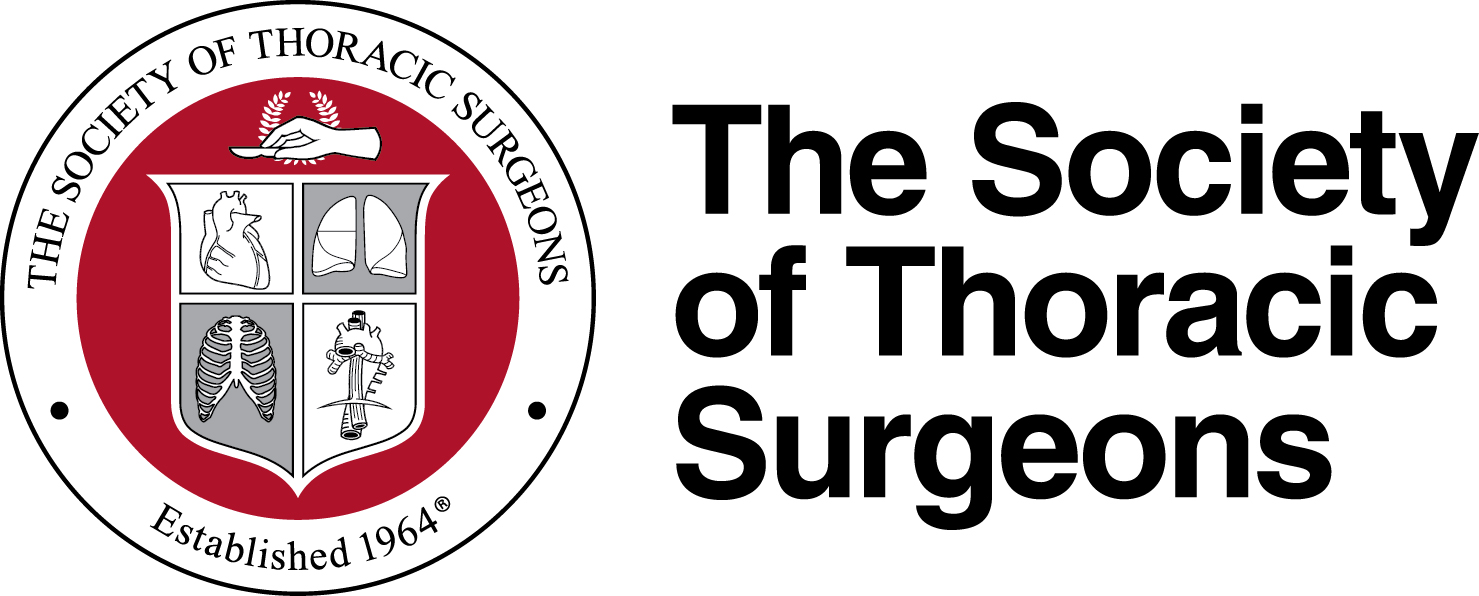Newswise — Chicago — The Society of Thoracic Surgeons (STS) has released a set of clinical practice guidelines to address major advances in the evaluation and management of patients with aortic valve disease.
An executive summary of the clinical practice guidelines on aortic valve and ascending aorta procedures appears in the April issue of The Annals of Thoracic Surgery. The full guidelines will be published as a supplement in an upcoming issue of the journal.
The Aortic Valve and Ascending Aorta Guideline Writing Committee included surgeons and cardiologists who expanded on previous guidelines and concentrated on surgical aspects, such as the evolving technology of percutaneous valves, to help increase the quality of care for patients undergoing aortic valve replacement (AVR) or thoracic aorta surgery.
“For cardiac surgeons and cardiologists, there have been few options and no guidelines on how to manage high-risk, previously inoperable patients,” noted Lars G. Svensson, MD, from the Cleveland Clinic and Chair of the Guideline Task Force. “In creating these new guidelines, we wanted to outline the pros and cons of treatment options for repairing the aortic valve, replacing the valve, and using transcatheter approaches. We also wanted to outline areas where more research is needed and incorporate quality metrics.”
The new aortic valve and ascending aorta clinical practice guidelines make recommendations in 26 areas, including mechanical aortic valves, biological valves, and transcatheter aortic valve replacement (TAVR).
“The potential patient population needing AVR for severe aortic stenosis is estimated at 350,000 and rising,” said Dr. Svensson. “Clearly, there are few, if any, medical procedures that are as effective as AVR in relieving symptoms, improving quality of life, and increasing long-term survival. Currently, based on the research for the guidelines, almost 92,000 patients annually undergo aortic valve replacements in the US.”
Data from the STS Adult Cardiac Surgery Database show that the number of AVR procedures is rising, likely due to an aging population, increasing awareness of good results for AVR, and the new option of TAVR, according to the executive summary.
Guideline Development ProcessSTS Clinical Practice Guidelines are intended to assist physicians and other health care providers in clinical decision making by describing a range of generally acceptable approaches for the diagnosis, management, or prevention of specific diseases or conditions. Prior to publication, each guideline undergoes an intense peer-review process, which provides critical, unbiased scientific assessment of the document and helps to identify future areas of investigation.
“We expect that these new guidelines will raise questions, and that with new information and literature, the guidelines will need to be updated and new iterations will evolve as we gain knowledge of this patient population,” said Dr. Svensson. “We trust this will continue to raise the level of already excellent care and outcomes for patients with aortic valve disease.”
###
For a copy of the executive summary for the new guidelines, contact Cassie Brasseur at 312-202-5865 or [email protected].
Founded in 1964, The Society of Thoracic Surgeons is a not-for-profit organization representing more than 6,600 cardiothoracic surgeons, researchers, and allied health care professionals worldwide who are dedicated to ensuring the best possible outcomes for surgeries of the heart, lung, and esophagus, as well as other surgical procedures within the chest. The Society’s mission is to enhance the ability of cardiothoracic surgeons to provide the highest quality patient care through education, research and advocacy.
The Annals of Thoracic Surgery is the official journal of STS and the Southern Thoracic Surgical Association.
MEDIA CONTACT
Register for reporter access to contact detailsCITATIONS
Ann Thorac Surg (2013;95:1491–505)
